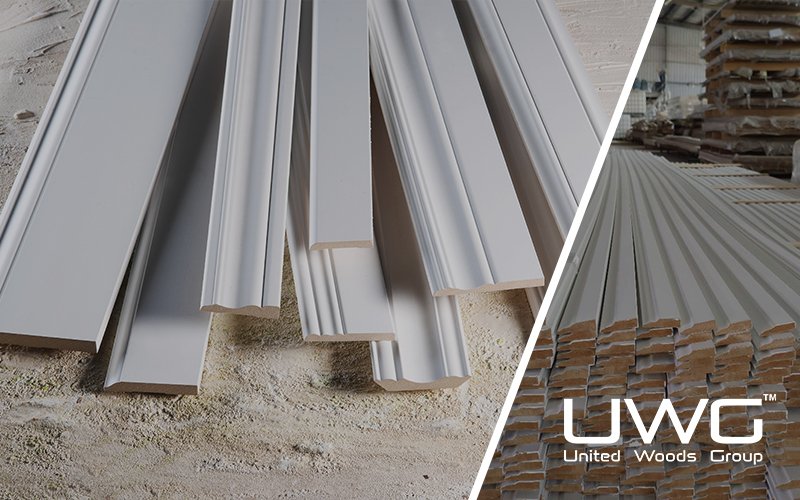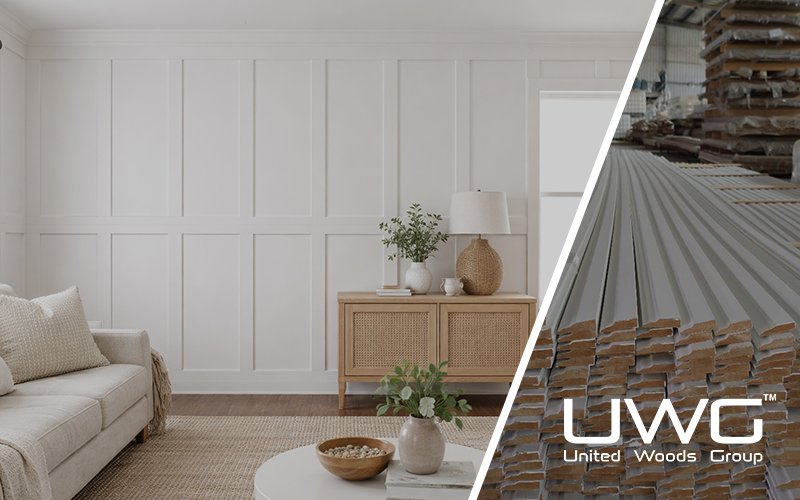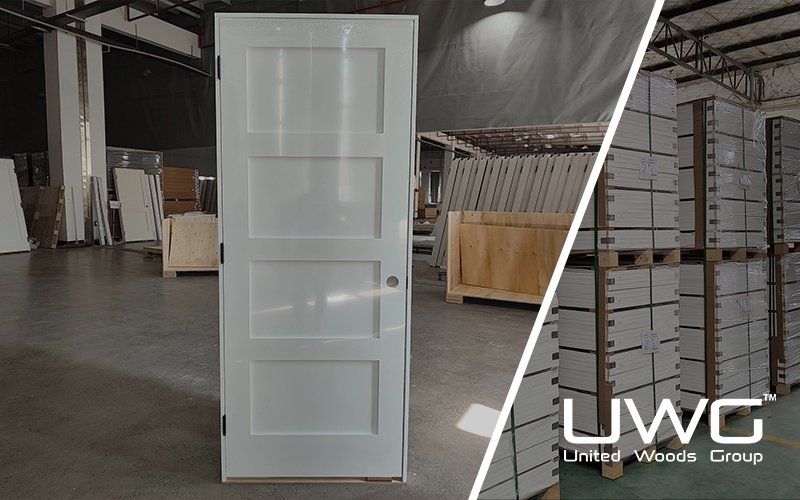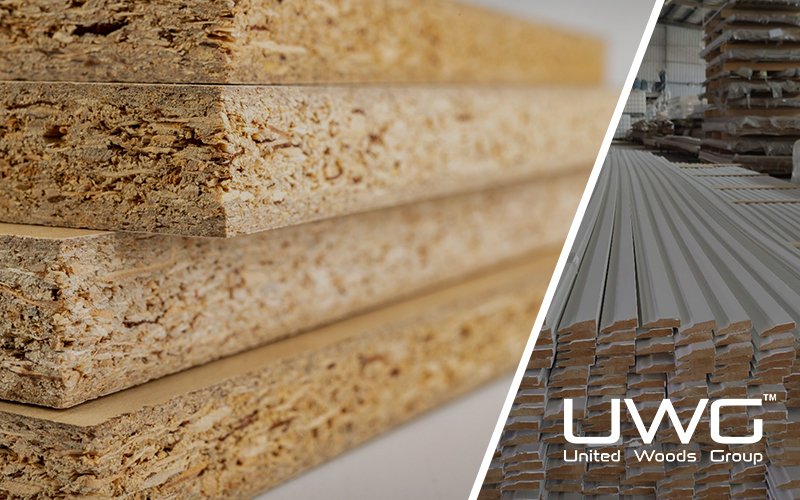Many builders wonder: can interior door handles be installed on exterior doors to save money? It sounds convenient, but outdoor conditions are harsher. Without the right hardware, you may face rust, fading, or even safety issues. Let’s explore the pros and cons in detail.
Interior door handles can technically be used outside, but they are not recommended for long-term use. They lack weather resistance, UV protection, and corrosion-proof coatings. Exposure to rain and sunlight can cause rust and fading. In addition, most interior handles don’t have high-security lock cylinders. For builders aiming at durability and reduced liability, exterior-grade handles are the smarter choice.
Now, let’s break down how interior handles perform outdoors and what that means for builders in terms of cost, safety, and project quality.
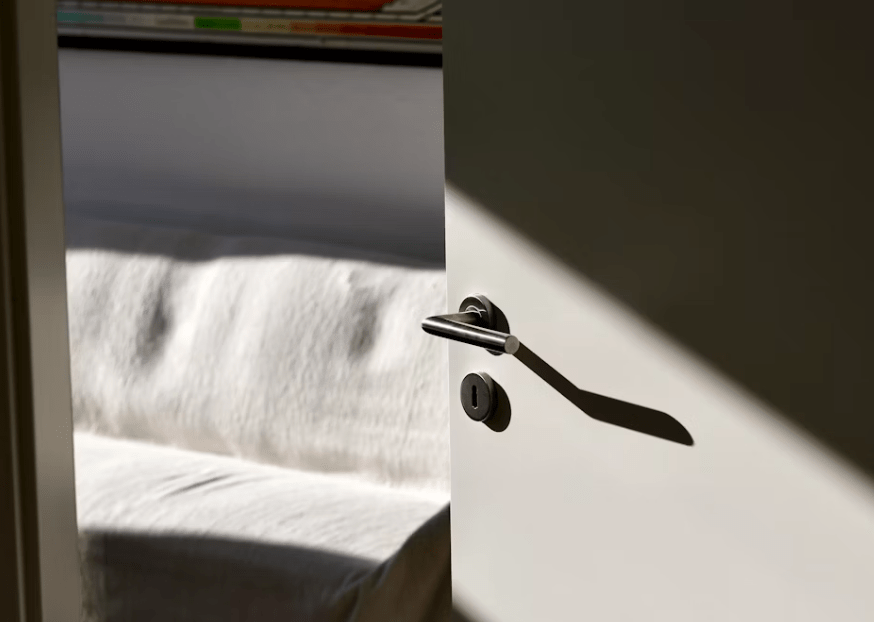
Can I use an interior door knob on an exterior door?
Technically yes—the handle will operate and the door will open. However, interior handles wear out quickly outdoors. Finishes may fade or peel within months. For temporary structures this might work, but for residential or commercial projects, it’s a liability.
Is it ok to use interior door handles outside?
It’s fine short-term, but long-term performance is poor. In humid or rainy climates, most interior handles rust within a year or two. This creates maintenance costs and unhappy clients, increasing the risk of complaints.
Are interior handles weatherproof and rust-proof?
No. Most interior handles are not weather-resistant. Common materials such as zinc alloy or mild steel corrode quickly outdoors. In contrast, exterior-grade handles use stainless steel, brass, or treated finishes designed to resist rain, sun, and temperature shifts.
What’s the difference between interior and exterior door handles?
- Material: Exterior handles are usually stainless steel or solid brass. Interior versions may use cheaper alloys.
- Security: Exterior handles include high-security lock cylinders; interior ones often don’t.
- Weather resistance: Exterior hardware has protective coatings for sun and rain.
- Cost: Exterior-grade is more expensive but lasts far longer.
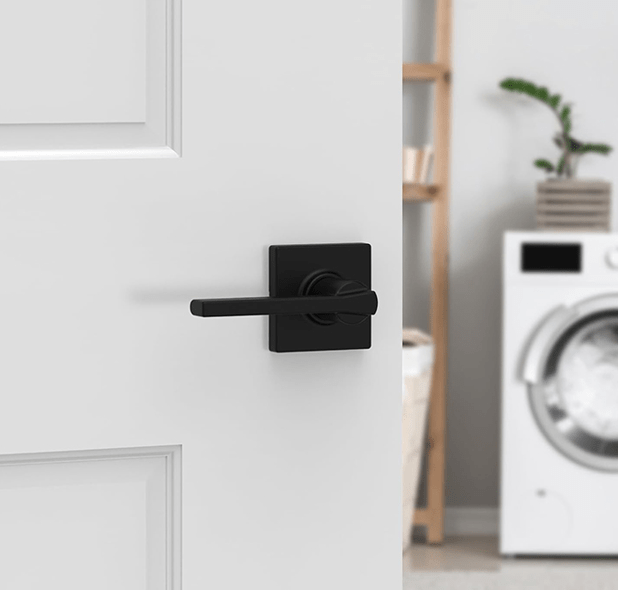
Interior vs exterior door handles: which is better for builders?
Builders may be tempted by the lower cost of interior handles, but saving now often means paying later. Exterior-grade hardware may cost more upfront but reduces callbacks, warranty claims, and brand reputation risks. Long-term, it’s the better investment.
A practical guideline: use interior handles for interior doors and exterior handles for exterior doors. This approach balances cost, durability, security, and client satisfaction, helping projects stand the test of time without unnecessary compromises.
Weatherproof door handles: what options exist?
Popular outdoor options include:
- 304/316 stainless steel – best for corrosion resistance, especially in coastal regions.
- Solid brass – naturally resistant, though more expensive.
- Aluminum with coatings – lightweight and affordable.
- Powder-coated steel – cost-effective but depends on coating quality.
Stainless steel vs brass handles: which lasts longer outdoors?
- Stainless steel: Highly corrosion-resistant, especially grade 316, excellent in marine environments.
- Brass: Naturally antimicrobial and resistant, but can tarnish in acidic or salty conditions. The right choice depends on project environment and budget.
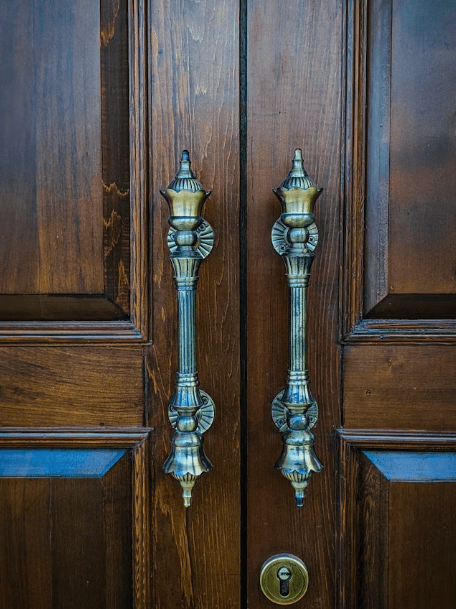
Security concerns with using interior handles outside
Interior handles often lack locks or use basic mechanisms. Installing them on exterior doors lowers security standards, exposing projects to theft risks and potential liability for the builder.
Cost comparison: interior vs exterior grade door hardware
- Interior handles: Cheaper (approx. $5–$12 each), but wear out quickly.
- Exterior hardware: More expensive (approx. $20–$70 each), but last 5–10+ years. Over time, exterior-grade hardware is more cost-effective.
How can risk be reduced if interior handles must be used outdoors?
If budget or supply constraints require using interior door handles outdoors, builders can take several steps to reduce risks and prolong service life:
- Install in protected areas: Place handles under eaves, carports, or balconies to minimize direct exposure to rain and sunlight.
- Choose higher-quality handles: Select interior handles with thicker plating or specialty coatings for better durability.
- Apply additional protective layers: Before installation, use clear lacquer or anti-rust sprays to enhance resistance.
- Schedule regular maintenance: Provide clients with simple guidance on cleaning, lubrication, and inspection to slow down wear and corrosion.
These measures can help mitigate some of the drawbacks of using interior-grade hardware outdoors, but they are not a replacement for true exterior-grade handles.
FAQ: Interior vs Exterior Door Handles
Q1: Can interior door handles be used outdoors? Yes, technically they can operate, but they are not designed for outdoor conditions. Prolonged exposure to rain, sunlight, or humidity can cause rust, peeling, and fading, reducing lifespan and increasing maintenance costs.
Q2: What are the risks of using interior handles outside?
- Faster wear and tear
- Corrosion and fading of finishes
- Lack of high-security locks
- Potential client complaints and warranty claims
Q3: How can builders reduce risks if interior handles must be used outdoors?
- Install in sheltered areas like eaves, balconies, or carports
- Choose high-quality handles with thicker plating or special coatings
- Apply protective layers such as clear lacquer or anti-rust sprays
- Include basic maintenance guidance for clients
Q4: Are exterior-grade handles worth the investment? Yes. Exterior handles are designed for durability, weather resistance, and security. While the upfront cost is higher, they reduce callbacks, minimize maintenance, and protect the builder’s reputation in the long term.
Q5: What is the practical guideline for builders? Use interior handles for interior doors and exterior handles for exterior doors. This ensures optimal durability, security, and client satisfaction without unnecessary risks.
Conclusion
Interior handles can work outdoors in the short term, but they’re not designed for it. For builders, exterior-grade hardware ensures durability, security, and client satisfaction. Cutting costs upfront may lead to bigger losses later.



